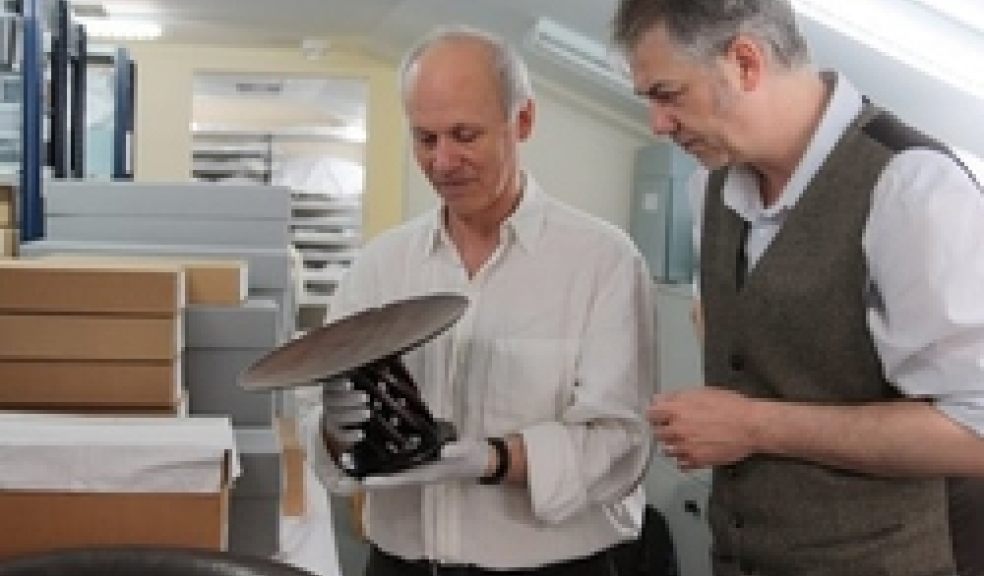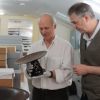
Focusing on Fijian Artefacts at RAMM
The Fijian Art Research Project is helping RAMM learn more about its Fijian artefacts, identify objects that can be included in major European exhibitions of Fijian art and prepare for an exhibition at RAMM in July 2015.
The World Cultures collection currently includes 131 objects from Fiji of which 16 are included in the displays. The objects were donated mainly in the 19th century by those serving in either Royal Navy or the army, such as Lieut. George Phillpotts who was killed in New Zealand in 1845, Captain George Peard who served on the HMS Blossom in 1828 and, of course, the Devon and Exeter Institution, whose donations are linked to some of the better known 18th-century voyages such as Captain Cook’s.
One particular item is a priest's yanggona bowl that was donated to the museum by Sir Cuthbert Edgar Peek in 1900. This item had likely been acquired during his trip to New Zealand in 1883, soon after the wars with the Maori. Yanggona, known as kava on other islands, is a ritual drink made from roots and stems of the pepper bush and this high status bowl would have enabled a priest to perform sacred ceremonial duties.
Professor Steven Hooper, Director of the Sainsbury Research Unit for the Arts of Africa, Oceania & the Americas at the University of East Anglia, recently visited RAMM to review the artefacts: "Exeter has a small but very interesting collection of high quality Fijian artefacts of known provenance. One early 19th-century spiral legged bowl, for example, is one of the finest examples in the world."
The project Fijian Art: political power, sacred value, social transformation and collecting since the 18th century is an Arts and Humanities Research Council (AHRC) sponsored research project that is being jointly hosted by the Sainsbury Research Unit (SRU) at the University of East Anglia and the Museum of Archaeology and Anthropology (MAA) at the University of Cambridge.
The collaborative three-year project, set to run from May 2011 to April 2014, aims to unlock the potential of the outstanding collections of Fijian art, material culture and associated photographs and archives held in museums in the United Kingdom and abroad.













